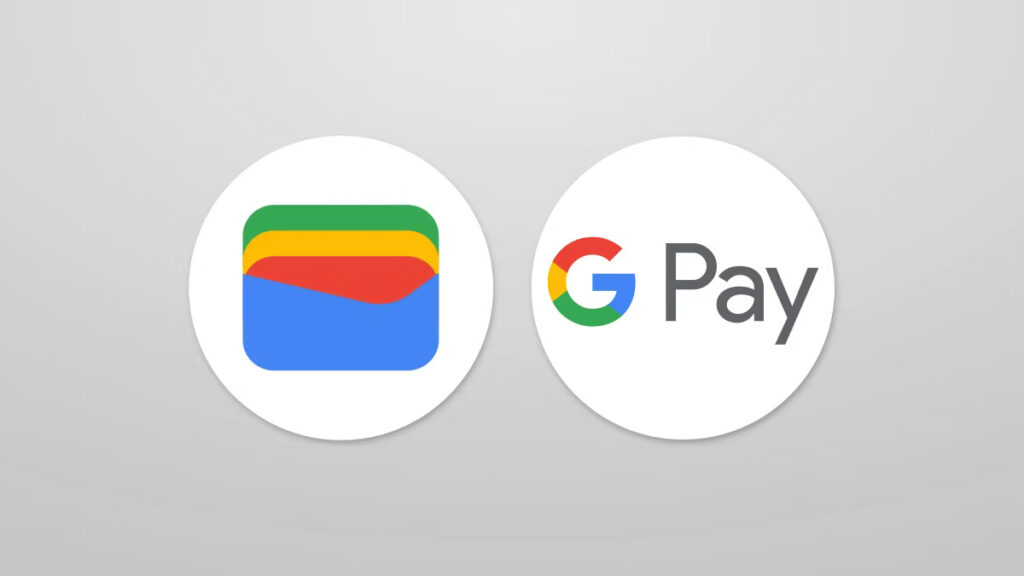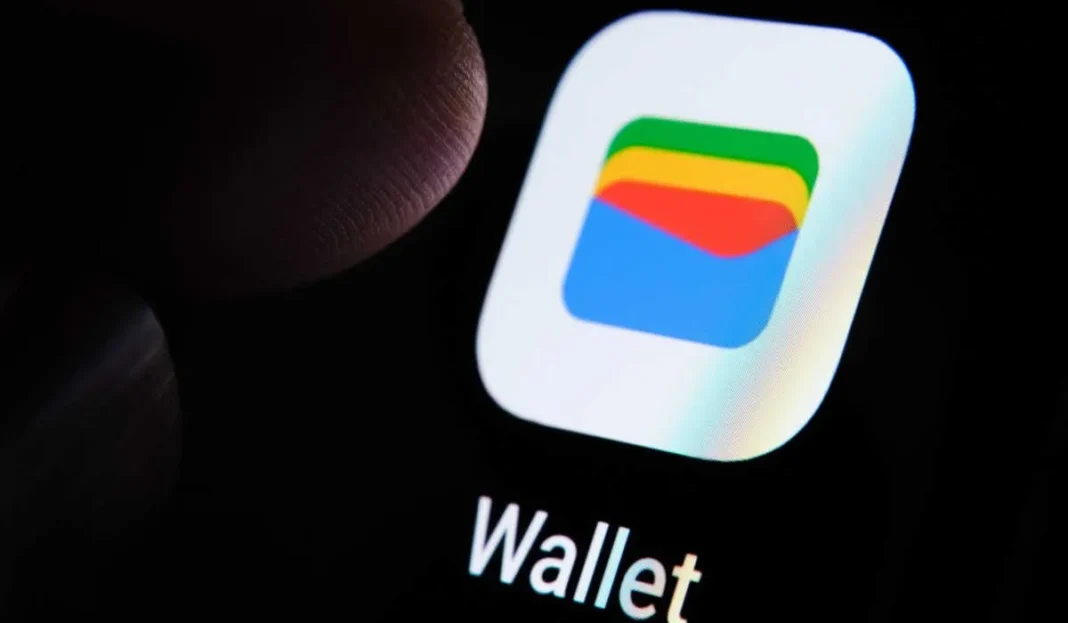The digital landscape in India is witnessing a significant change with the introduction of Google Wallet. This secure and convenient platform allows users to store and manage essential everyday items beyond finances. While Google Pay remains the dominant force for UPI transactions, Google Wallet fills a different niche, providing a streamlined way to organize loyalty cards, tickets, boarding passes, IDs, and more.

Understanding the Difference: Google Wallet vs Google Pay
While Google Wallet and Google Pay both come from Google, they serve different needs. Google Pay, launched in 2018 (originally as Google Tez), has become synonymous with UPI payments in India. It empowers users with functionalities like:
- Seamless Money Transfer: Send and receive money instantly using UPI.
- Financial Management: Track expenses, gain insights into spending habits, and budget effectively.
- Rewards and Deals: Earn cashback and discover exclusive offers from partnered merchants.
Google Wallet, on the other hand, focuses on providing a secure and organized digital hub for non-financial essentials. It allows you to:
- Effortless Access: Store loyalty cards from your favorite stores and access them with a tap, eliminating the need for physical cards.
- Ticket Management: Keep boarding passes, movie tickets, or event tickets readily available for easy retrieval.
- Organized Passes: Store student IDs, gym memberships, or other essential passes for quick presentation.
- Secure ID Storage: Safely manage digital copies of your IDs for convenient access.
Complementary solution, not replacement
Google emphasizes that Google Pay remains the primary platform for financial transactions in India. Ram Papatala, GM and India engineering lead for Android at Google, confirmed this, saying, “Google Pay is not going anywhere. It will remain our primary payments app. Google Wallet is specifically for non-payment use cases. Has been prepared.”
Looking Back: The History of Google Wallet
The journey of Google Wallet has been quite a dynamic one in itself. Initially launched in 2011, it served as a general digital wallet solution. However, in 2018, Google merged it with Android Pay to create a unified platform called Google Pay. The move aims to streamline the user experience by offering both paid and non-paid functionalities within the same app.
However, India presented a unique scenario. With the significant growth in UPI payments, Google launched a separate app called Google Tez in 2018 (later rebranded as Google Pay) exclusively for the Indian market. This resulted in two Google Pay apps existing simultaneously – one for India and one globally. Ultimately, in 2022, Google decided to unify its approach and renamed the global app back to Google Wallet.
Benefits of Google Wallet in the Indian Context
The introduction of Google Wallet in India offers several advantages:
- Enhanced Convenience: Users can manage all their essential digital items in one centralized location, eliminating the need for physical cards and cluttered emails.
- Increased Security: Google Wallet prioritizes user security. Sensitive information like IDs and passwords are stored securely with robust encryption measures.
- Improved Organization: With loyalty cards, event tickets, and passes readily accessible within the app, managing daily tasks becomes more efficient.
- Offline Functionality: Certain features of Google Wallet, like displaying stored boarding passes or loyalty cards, can function even without an internet connection.
Partnership and future prospects
To ensure a seamless user experience, Google has partnered with many leading Indian brands. These include PVR Cinemas, Flipkart, Air India, Shopper Stop and ixigo, which allow users to seamlessly integrate their loyalty programs and access digital tickets within Google Wallet.
As the digital ecosystem evolves in India, Google Wallet is well-positioned to play an important role. Its focus on non-financial imperatives complements Google Pay’s established dominance in the UPI payments domain. Together, these platforms provide a comprehensive digital toolkit for Indian users, simplifying financial transactions, streamlining daily activities and increasing overall convenience in the digital age.
Looking Beyond:
This article has explored the arrival of Google Wallet in India, its distinction from Google Pay, and its potential benefits. However, the conversation around digital wallets extends further. Here are some additional points to consider:
- Security Concerns: As users entrust an increasing amount of personal information to digital wallets, robust security measures and responsible data handling practices by these platforms are crucial.
- Privacy Considerations: Transparency regarding data collection and usage policies are essential for building user trust.
- Integration with Existing Systems: For wider adoption, seamless integration with existing loyalty programs and ticketing platforms is necessary.
- Evolution of Digital Wallet Features: The future of digital wallets likely involves incorporating additional functionalities, such as contactless payments with transit systems or storing medical records securely.
By addressing these considerations, Google Wallet and other digital wallets can continue to evolve and solidify their position as indispensable tools in the digital landscape.
The Competitive Landscape:
While Google Wallet is a significant player, it’s not the only contender in the Indian digital wallet market. Here’s a glimpse at some key competitors:
- PhonePe: A popular platform offering UPI payments, bill payments, recharges, investments, and mutual funds. It also features a lite version for budget smartphones.
- Paytm: Another prominent player, Paytm provides UPI payments, mobile recharges, bill payments, movie tickets, travel bookings, and even gold investments.
- Amazon Pay: Integrated with the Amazon ecosystem, this wallet allows for payments within the platform, recharges, bill payments, and money transfers.
The Road Ahead: Collaboration and Innovation
The future of digital wallets in India hinges on collaboration and innovation. Here are some potential trajectories:
- Interoperability: Enabling users to seamlessly transfer funds and access loyalty programs across different digital wallets would enhance convenience.
- Integration with Government Services: Streamlining access to government services like e-governance platforms through digital wallets could be a game-changer.
- Biometric Authentication: Implementing advanced biometric authentication methods can further strengthen security.
- Offline Functionality Expansion: Extending offline capabilities for a wider range of services within digital wallets can be beneficial, especially in areas with limited internet connectivity.
The arrival of Google Wallet in India marks another step towards a more digital and streamlined way of life. By catering to non-financial needs, Google Wallet complements existing solutions like Google Pay and contributes to a more comprehensive digital ecosystem. As the digital wallet landscape continues to evolve, addressing security concerns, fostering collaboration, and embracing innovation will be key to ensuring widespread adoption and a future where these digital companions become an essential part of our daily lives.





